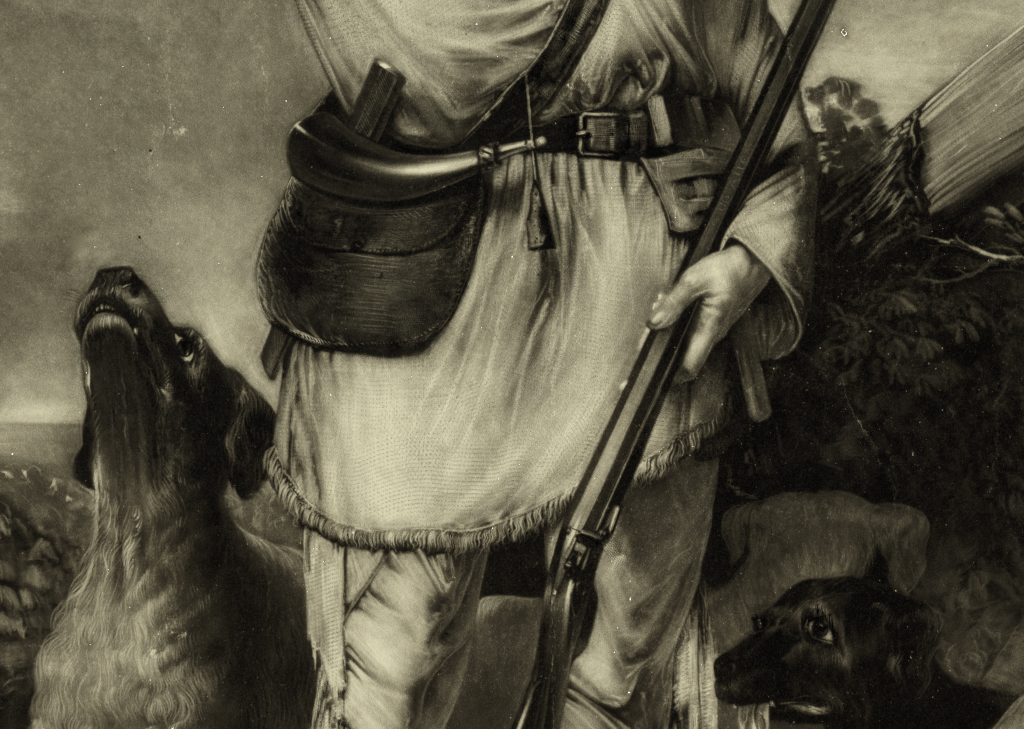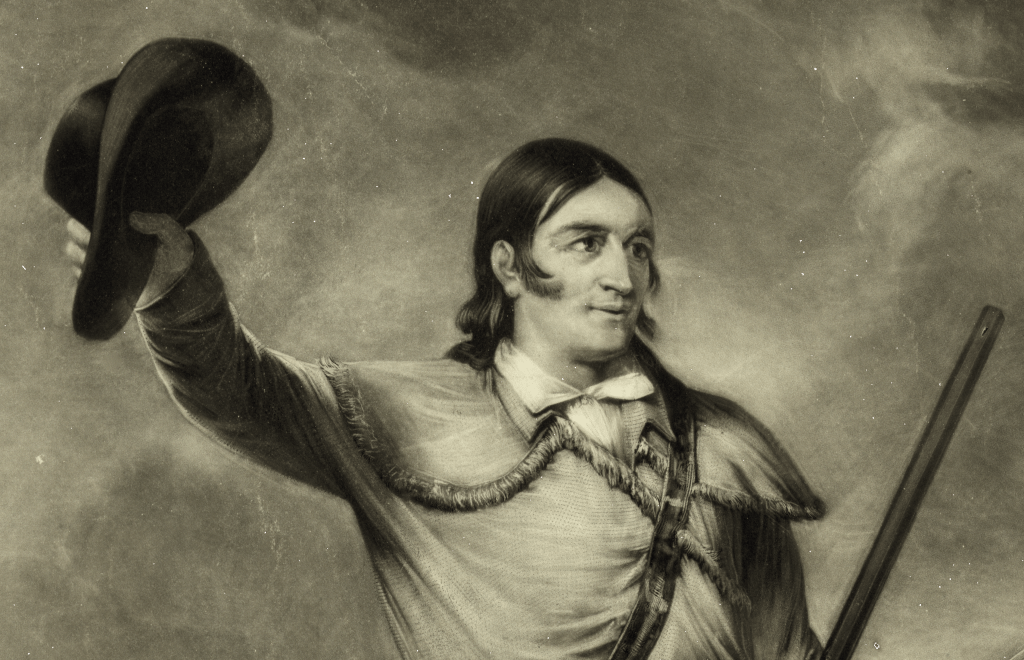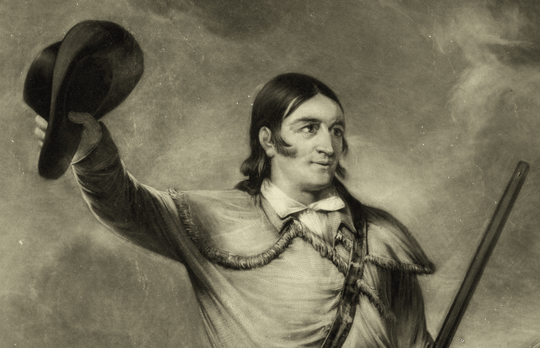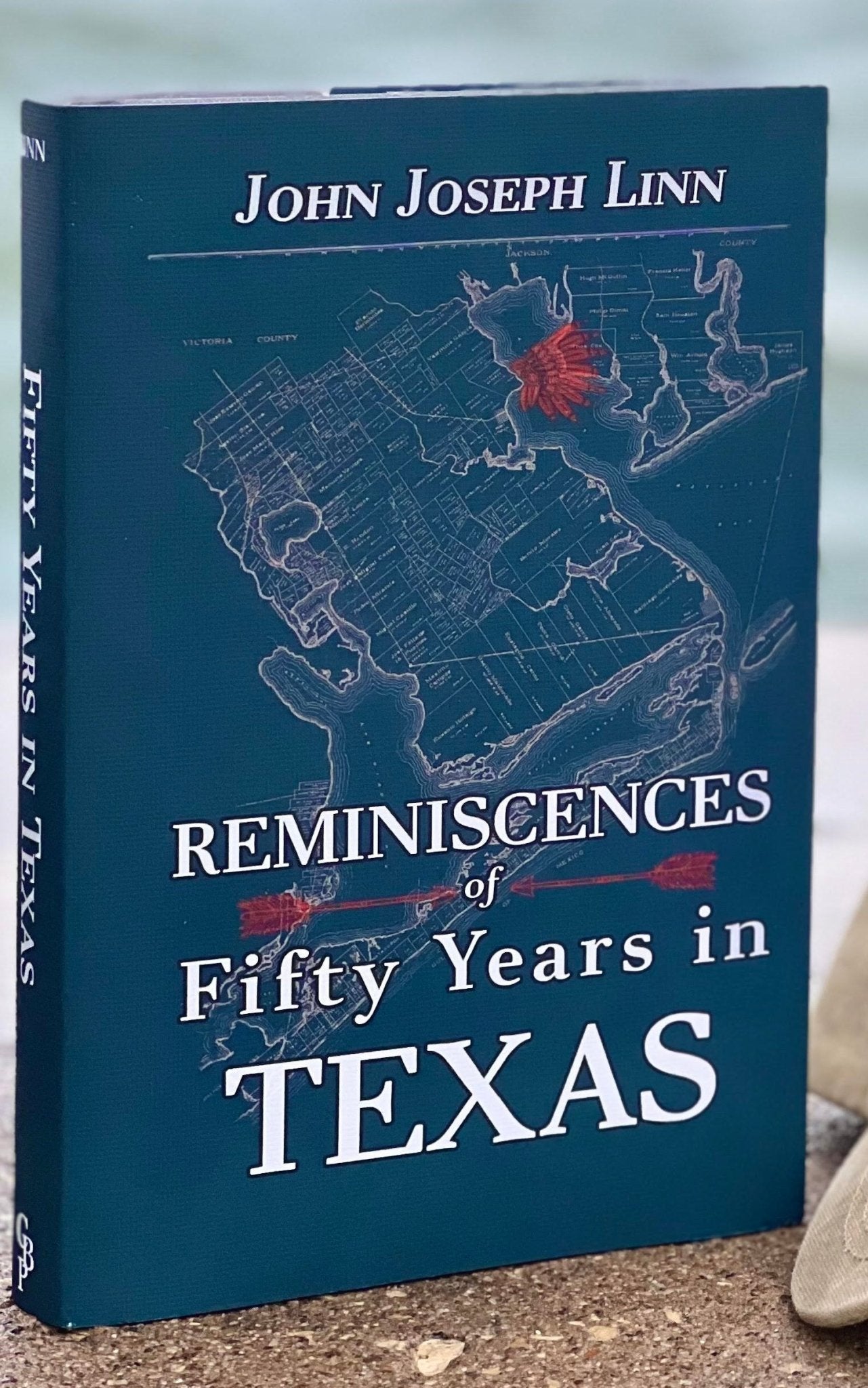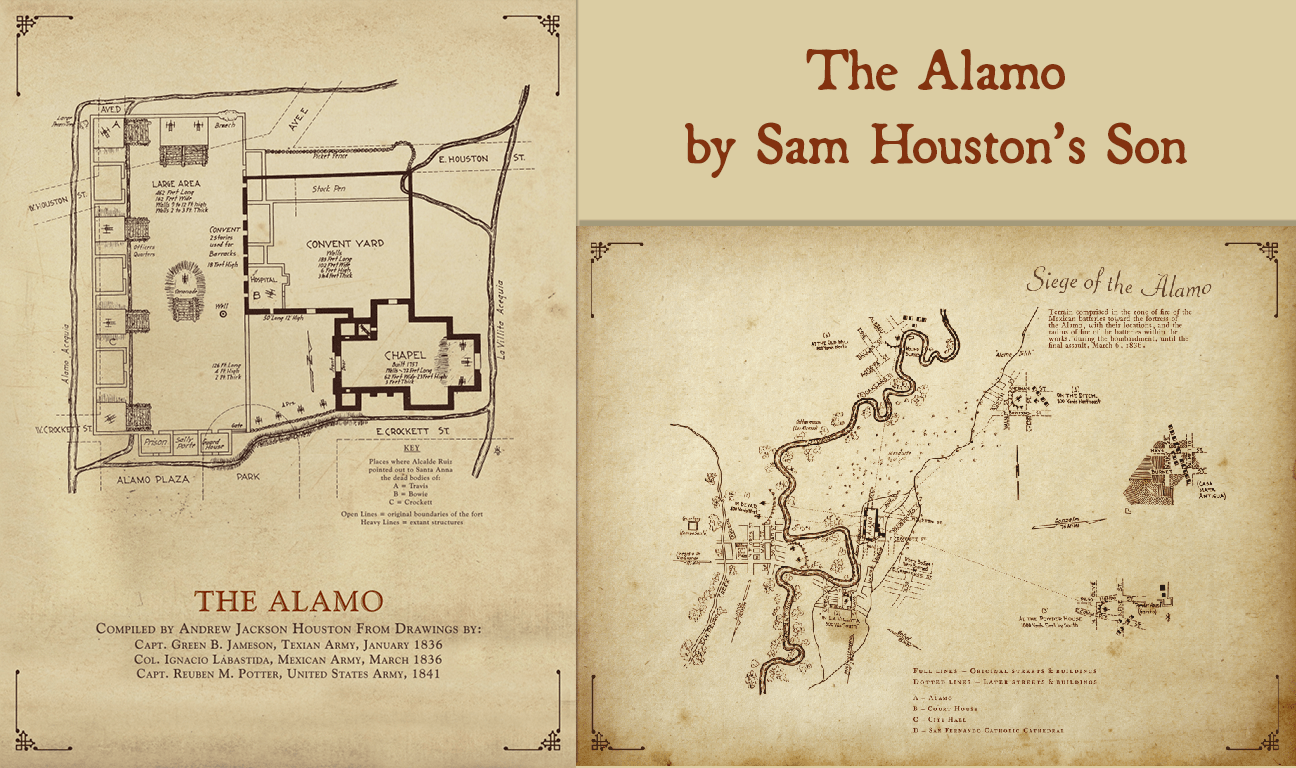Portrait of David Crockett - 1834 - Fine Art Print
TALKING WITH DAVY CROCKETT - 1834
It was May of 1834 and Congressman David Crockett of Tennessee was the most famous man in American not named Andrew Jackson. He was forty-seven years old, his autobiography had just gone into its sixth edition, and he was contemplating a run for the presidency.
Artist John Gadsby Chapman was finishing up a portrait of Col. Crockett and could tell his subject was not exactly pleased with.
When asked what was wrong, Crockett replied, "I dare say it's like enough, because it's like all the other painters make of me, a sort of cross between a clean-shirted Member of Congress and a Methodist Preacher. If you could catch me on a bear-hunt in a 'harricane' (a thicket of dense brush and fallen trees) with hunting tools and gear, and team of dogs, you might make a picture better worth looking at."
And so began their collaboration in making a life-sized portrait of Col. Crockett "better worth looking at." For the last half of May and all through June, Crockett would come to the artist's studio, after attending to his congressional duties, to pose and talk.
John Chapman did us the service of keeping a record of their time together. Here's how he wrote it down:
WORTH LOOKING AT
"With a small sketch of a general idea of such a picture, he was very well pleased. "That's the sort of thing," he said, "to start with. I'll show you how to have all the small matters right. "We'll make the picture between us, first rate, mind if we do'nt. So go ahead! just as soon and fast as you like."
The leggings and moccasins equally satisfied him. The butcher knife he "set great store by," frequently dilating upon its value as a "hunting tool" that did its work as noiselessly and surely, as well as being a mighty saver of lead and powder."
TOOLS OF THE HUNT
"He was very precise in belt-arrangement of his tools. The "butcher" in easy and prompt reach of his right hand as well as powder horn and bullet-pouch. The Hatchet, as reserve, on the left hip, sufficiently accessible, just balancing weight, leaving nothing in the way, belt upwards of free handling of his rifle, and limbs clear for any sort of work they might be wanted for.
A rifle to conform to his fastidious ideas of perfection, proved difficult to procure about Washington. He had insurmountable objections to every sort of ornamental mountings on a gun, especially if of brass or polished metal, even to breech plate.
At last one was found, belonging to an old sportsman on the Potomac, wanting only two or three inches of length of barrel to suit him to a tee. It was a rough affair to look at, as the picture bears witness of, but he was so well pleased with it, that on a Sunday visit, made to my home in Alexandria he proposed and we make its owner a special visit."
A LAST MINUTE CHANGE
"I had remarked that he was fidgety about something in the picture for several days, which I could not make out the reason of, until one morning that he came in my studio with evident determination of purpose, lifted his hat, and gave a shout that raised the whole neighborhood. The alteration could be no longer questionable, and it was made to great advantage to the picture.
From its beginning to completion Colonel Crockett's interest in the execution of the picture never abated, and it received his unqualified approval in every respect."
A NEW YORK PROVOCATION
"During its exhibition by the National Academy of Design in 1835 in New York, a prominent literary friend expressed desire to possess his autograph, and if attainable one of his letters, many of which I had from time to time received from him, but had bestowed upon eager seekers for them. "Write to him," said my friend "and tell him that I say, he don't know how to stick his hatchet in his belt, and that the picture should be altered"
His reply came by return mail, "Don't you go to altering my picture for any body's nonsense. If any man in New York says that I don't know how, or where, to stick my hatchet, send him to me and I'll show him"
THE REST OF THE STORY
A few months later Colonel Crockett lost his re-election bid, and famously told his former constituents, "You may all go to hell, and I will go to Texas."
You know the rest.
Physical Details
- 24 by 30 inches
- On heavyweight fine-art paper
- Crockett as he wanted the world to see him
The paper is acid free watercolor with an elegant lightly textured finish. This surface allows the inks to 'bite', reproducing the shading and tonality of the original map vividly, beautifully, and exactly.
The inks are guaranteed color-fast for 80 years, which means you won't need to lay out the extra money for UV glass. You can hang your map in direct sun and it will be just as bright when passed on to the next generation it is the day it ships.



